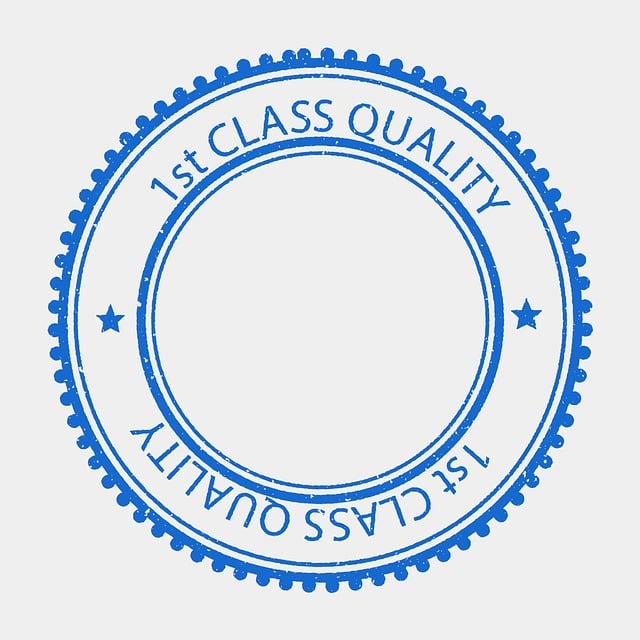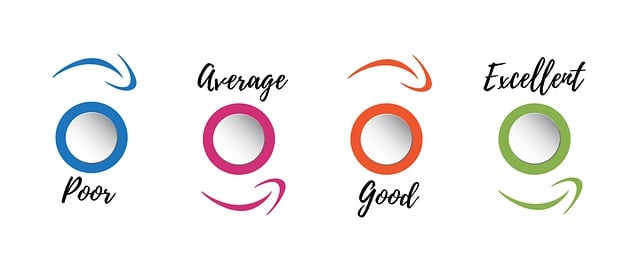Communication skills are essential for professional success, encompassing active listening, clear expression, empathy, and adaptability. Effective listeners use paraphrasing and questioning to understand, while articulating ideas coherently tailors messages. Empathy builds relationships through respect and inclusive communication accommodates diverse personalities and backgrounds. Assessing verbal and nonverbal cues reveals confidence and engagement. Professionalism is evaluated beyond appearance, focusing on communication management and handling difficult conversations. Active participation in digital contexts shows professionalism, and measuring active listening ensures clear understanding and rapport building. Adaptable professionals analyze feedback to improve and maintain a strong professional image.
Effective communication skills are essential for success in any professional setting. This article guides you through a comprehensive assessment of key communication competencies, from verbal and nonverbal cues to professionalism in diverse contexts. We’ll explore how to measure active listening effectiveness, analyze feedback and adaptability, and understand the nuances of conveying expertise and respect. By the end, you’ll be equipped with insights to enhance your own communication skills.
- Define Key Communication Competencies
- Evaluate Verbal and Nonverbal Cues
- Assess Professionalism in Various Contexts
- Measure Active Listening Effectiveness
- Analyze Feedback and Adaptability
Define Key Communication Competencies

Effective communication is a cornerstone of any successful professional endeavor, and mastering key communication competencies is essential for navigating today’s fast-paced business landscape. Core communication skills encompass active listening, clear and concise expression, empathy, and adaptability to diverse audiences and situations. Active listeners demonstrate engagement by paraphrasing, asking clarifying questions, and maintaining eye contact, fostering an environment conducive to understanding and collaboration.
Articulating ideas coherently and concisely is paramount. Professionals must be adept at tailoring their message to suit different contexts, whether presenting complex information to executives or providing straightforward instructions to colleagues. Empathy, the ability to understand and share the feelings of others, cultivates strong relationships by showing respect and consideration, enhancing teamwork and client interactions. Adaptability, the final pillar, involves adjusting communication styles to accommodate different personalities, cultural backgrounds, and preferences, ensuring inclusive and productive exchanges.
Evaluate Verbal and Nonverbal Cues

Evaluating verbal and nonverbal cues is an essential aspect of assessing one’s communication skills. Verbal cues, including tone, pace, volume, and clarity of speech, offer insights into a speaker’s confidence and engagement. A professional communicator adapts their tone to suit different contexts, ensuring their message resonates with the audience. For instance, a serious topic may require a more subdued tone, while a team meeting might allow for a lighter, encouraging atmosphere.
Nonverbal cues, such as body language, facial expressions, and eye contact, can either reinforce or contradict verbal messages. Consistent nonverbal signals demonstrate confidence and sincerity. Maintaining eye contact, adopting an open posture, and using appropriate gestures enhance the overall communication experience, fostering trust and understanding. Conversely, closed body language or lack of eye contact might indicate disinterest or insincerity, potentially hindering effective communication.
Assess Professionalism in Various Contexts

Assessing professionalism goes beyond mere appearance and extends into every interaction a person has with others, especially in professional settings. It’s not just about dressing sharply or using formal language; it’s about how an individual conveys themselves and manages relationships. Strong communication skills are at the heart of professionalism. Effective listening, clear expression, adaptability to diverse audiences, and the ability to handle difficult conversations are all indicators of a professional demeanor.
In today’s digital era, assessment can occur across various contexts—from video conferences to email exchanges and social media interactions. Each platform presents unique opportunities to demonstrate professionalism and communication skills. For instance, active participation during virtual meetings shows engagement, while well-crafted emails convey thoughtfulness and precision. Social media posts can showcase creativity and cultural sensitivity, all of which contribute to a holistic perception of an individual’s professionalism.
Measure Active Listening Effectiveness

Measuring active listening effectiveness is a critical aspect of assessing communication skills and professionalism. It involves evaluating how well an individual comprehends, responds to, and reacts during conversations or presentations. This skill set is paramount in various professional settings as it fosters clear understanding, builds rapport, and strengthens relationships.
There are several methods to gauge active listening. One common technique includes using open-ended questions to verify the listener’s engagement and comprehension. Another approach involves observing body language cues such as eye contact, nodding, and facial expressions that demonstrate active participation. Additionally, feedback from both the speaker and third-party observers can provide valuable insights into the effectiveness of a person’s listening skills. By incorporating these assessment strategies, organizations can ensure their employees possess robust communication skills, enhancing collaboration and productivity within teams.
Analyze Feedback and Adaptability

Effective communication professionals constantly analyze feedback, using it as a crucial tool for growth and improvement. When assessing their own performance or receiving criticism from peers or clients, they don’t merely accept or reject the feedback; instead, they scrutinize it deeply. They identify areas of strength that can be capitalized on and aspects that need refinement. This analytical approach allows them to adapt their communication strategies, ensuring they remain relevant and effective in diverse settings.
Adaptability is a key aspect of strong communication skills. Successful professionals are nimble in their communication style, adjusting their tone, language, and approach based on the audience and context. They quickly learn from feedback, incorporating new insights into their repertoire. This ability to adapt not only enhances their professional image but also fosters better connections with colleagues, clients, and customers.














